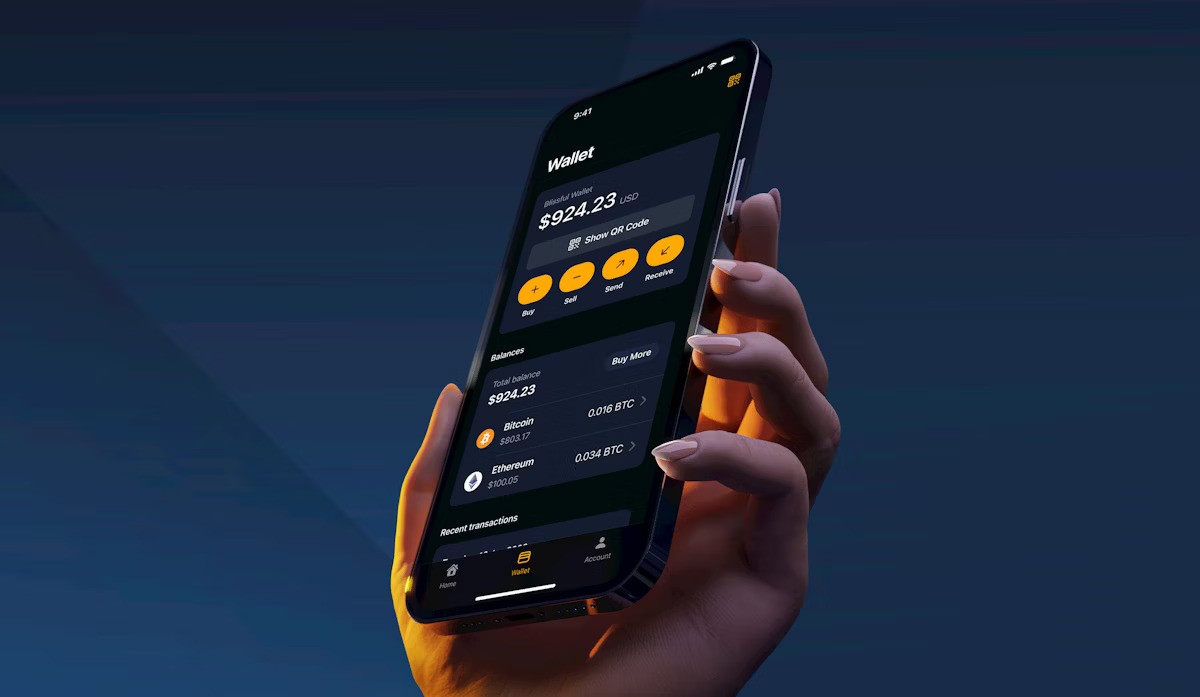Cryptocurrency wallets are a fundamental aspect of the digital asset ecosystem, providing a means to store, send, and receive cryptocurrencies Metamask wallet. With the explosive growth of blockchain technology and decentralized finance (DeFi), these wallets have evolved significantly, offering users a wide range of options. But what makes a crypto wallet more than just a tool for transaction management? And how do the different types of wallets shape the future of digital finance?
The Two Main Types of Crypto Wallets
- Custodial Wallets: Trusted but Centralized
Custodial wallets are the most common type of wallet for beginners. Platforms like exchanges (Coinbase, Binance, etc.) typically provide custodial wallets, where a third party holds the private keys to your funds. This means that the platform is responsible for safeguarding your assets, managing the security infrastructure, and facilitating easy access.
While custodial wallets offer convenience and user-friendliness, they come with a significant downside: the risk of centralization. Users entrust their funds to a third-party entity, which could face regulatory hurdles, hacks, or even insolvency. The 2022 collapse of FTX is a prominent example of the risks associated with custodial wallets. Users had no control over their assets once the exchange failed, which highlights the importance of decentralization in the crypto space.
- Non-Custodial Wallets: Full Control, Full Responsibility
Non-custodial wallets, on the other hand, give users complete control over their private keys—meaning they are solely responsible for the safety and security of their assets. These wallets include software wallets, hardware wallets, and paper wallets. Popular examples are MetaMask, Trust Wallet, and Ledger.
With a non-custodial wallet, users are empowered with ownership and independence, which aligns with the decentralized nature of cryptocurrencies. However, this freedom comes with the caveat that if users lose their private keys or fail to backup their recovery phrase, their funds are irretrievable. The balance between convenience and security often becomes a central theme in choosing between custodial and non-custodial options.
How Wallets Are Paving the Way for DeFi and Web3
With the rise of decentralized finance (DeFi) and Web3, crypto wallets have become integral to accessing a variety of applications, from lending protocols to decentralized exchanges (DEXs). These ecosystems emphasize privacy, security, and ownership over centralized control.
For instance, non-custodial wallets allow users to interact directly with decentralized applications (dApps) on platforms like Ethereum and Binance Smart Chain, enabling users to earn interest on their digital assets or trade tokens without intermediaries. This decentralized landscape creates an environment where users are not dependent on traditional banks, exchanges, or financial institutions.
Security and Privacy: The Heart of Crypto Wallet Design
Security is a major concern in the development of crypto wallets. With frequent headlines about hacks, phishing attacks, and scams, wallet providers are continuously enhancing their features to protect users. Two-factor authentication (2FA), multi-signature capabilities, hardware-based encryption, and biometric identification are just a few methods being integrated into wallets to enhance security.
However, beyond protection, privacy is also a growing concern in the crypto world. As governments and regulators scrutinize the sector, decentralized wallets often offer more privacy and anonymity compared to custodial wallets. For example, some wallets support features like zero-knowledge proofs and privacy coins (e.g., Monero, Zcash), enabling users to transact without revealing sensitive information.
Future of Crypto Wallets: Interoperability and Multi-Chain Support
As the crypto space continues to grow, interoperability between different blockchain networks becomes increasingly important. Crypto wallets are adapting to support multiple blockchains and tokens seamlessly, allowing users to store, transfer, and manage assets across various ecosystems without having to switch between different wallets.
This trend is pushing wallets towards becoming cross-chain platforms, where users can access a variety of networks, such as Bitcoin, Ethereum, Polkadot, Solana, and others, all from a single interface. Multi-chain wallets aim to simplify the user experience while enhancing the overall flexibility of digital asset management.
The Rise of Smart Wallets: A New Frontier
A new class of “smart wallets” is emerging, providing more than just storage and transaction features. These wallets come with built-in functionality to interact with DeFi protocols, NFT marketplaces, and other Web3 services. They can even manage assets like governance tokens for decentralized autonomous organizations (DAOs) and assist in voting and decision-making processes.
For example, wallets like Argent and Gnosis Safe are providing users with not only the ability to store assets but also advanced features such as automated portfolio management, gas fee optimization, and even social recovery (where trusted contacts can help you regain access to your wallet if you lose your keys).
The Path Forward for Crypto Wallets
The landscape of crypto wallets is evolving rapidly. As more users engage in DeFi and the broader Web3 space, the demand for greater security, user control, and cross-chain interoperability will shape the wallets of tomorrow. Crypto wallets are no longer just a means of storing assets—they are the gateways to a decentralized future.
